From cromlechs to cairns - ancient burial sites in Wales
- Published
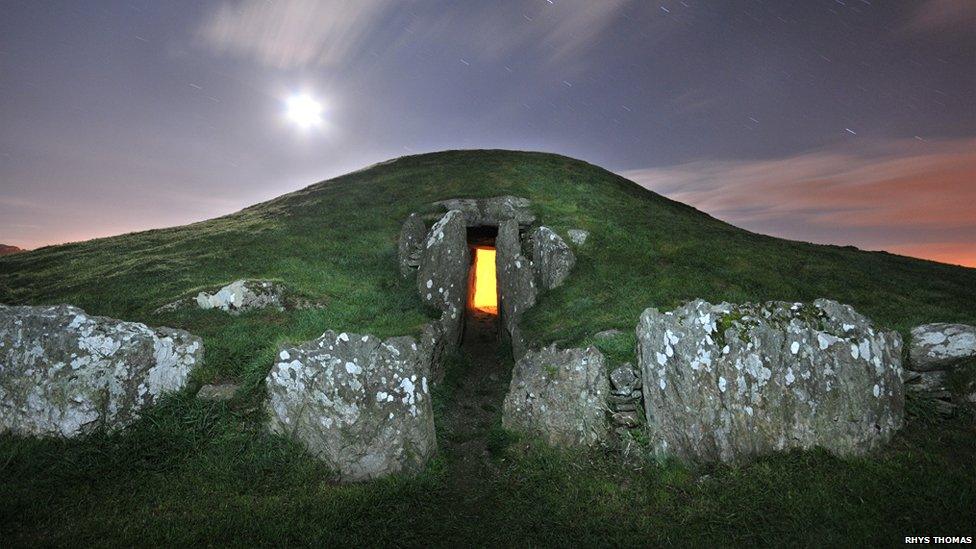
As a new discovery is made by archaeologists about the Trefael Stone in Pembrokeshire, here are some of Wales' spectacular ancient burial sites. Bryn Celli Ddu on Anglesey is one of the finest Late Neolithic passage graves in Wales and is aligned to the midsummer sunrise. Inside is an unusual upright stone, carved with spirals which now resides in National Museum Wales in Cardiff
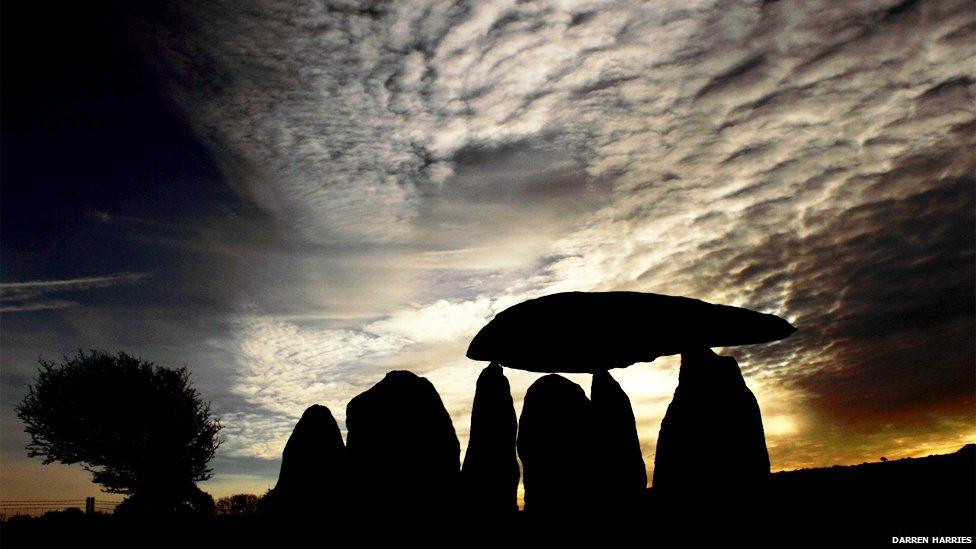
Pentre Ifan in Pembrokeshire is one of the finest Neolithic portal dolmens in Wales. It forms one of a group built around the tributaries of the Nevern Valley approximately 6,000 years ago. Three large stones support a tilting capstone estimated to weigh 16,000 kg
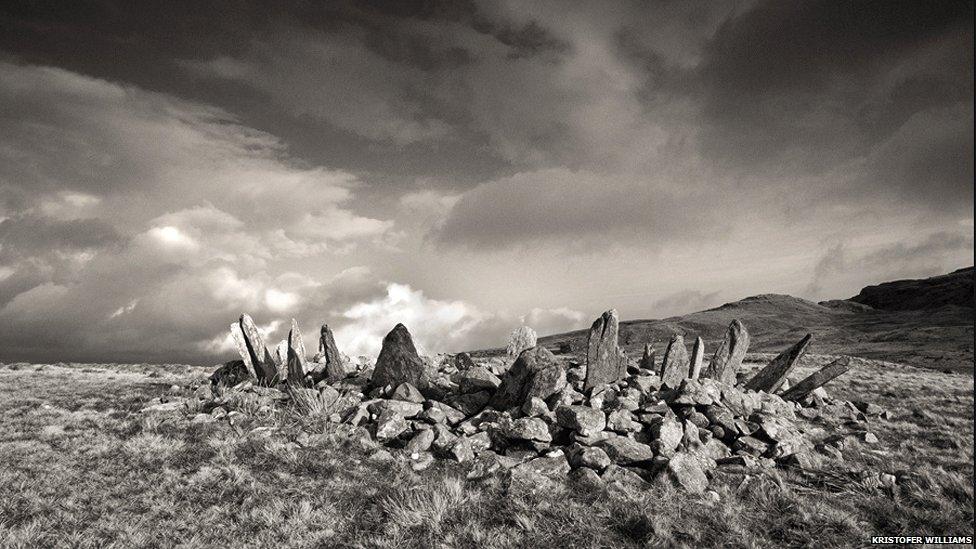
Bryn Cader is one of the most beautiful Bronze Age sites in Britain. Set in an isolated location near Talsarnau in Gwynedd this small, circular cairn has 15 remaining thin stone slabs leaning out of it like a crown of thorns
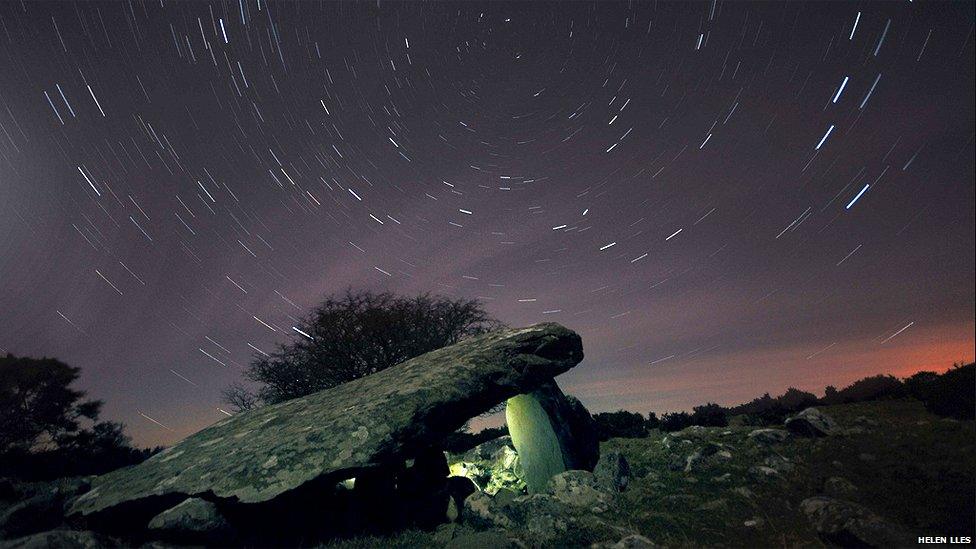
Dyffryn Ardudwy north of Barmouth consists of two lovely portal dolmens resting on white boulders. The cairns originally sat inside a larger wedge-shaped cairn with a larger chamber near the eastern end
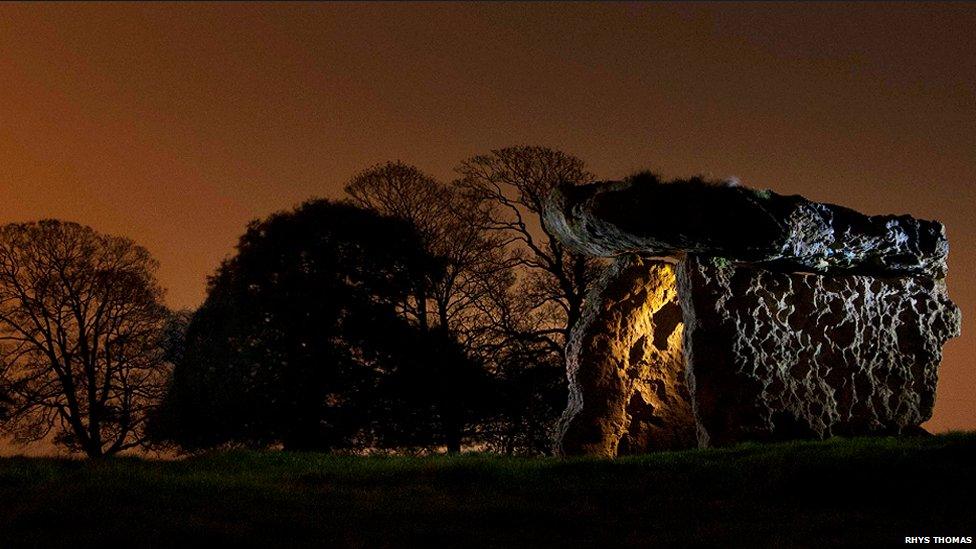
The Welsh name for this Neolithic dolmen is Gwal-y-Filiast (the Greyhound Bitch's Lair) but it is better known as St Lythans. Three upright stones support a capstone which is said to whirl around three times on Midsummer Eve and all the stones go to the nearby river to bathe
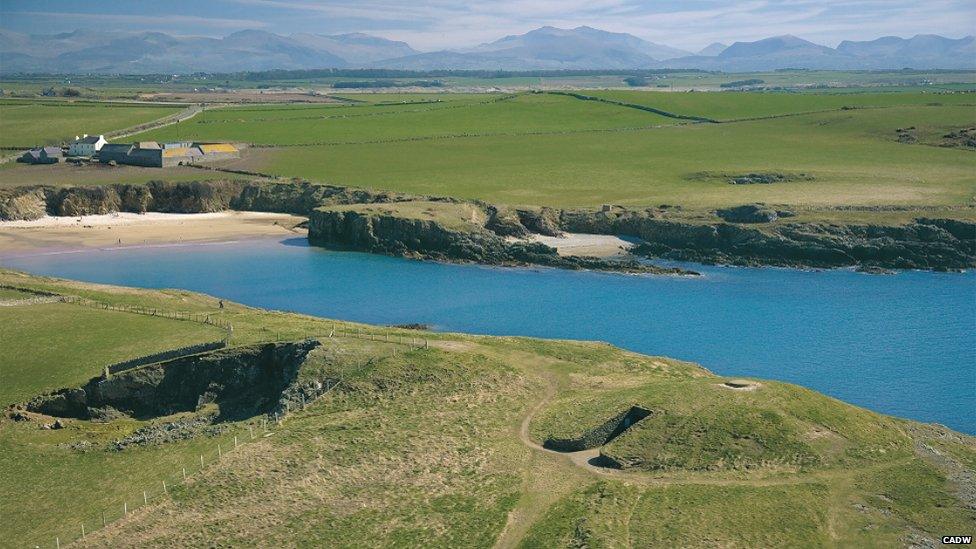
Barclodiad y Gawres is an impressive Neolithic chambered tomb overlooking Trecastle Bay on Anglesey. Inside are stones decorated with abstract patterns of zig-zags, lozenges and spirals similar to those found at other Megalithic rock art locations in Ireland, Britanny and Spain
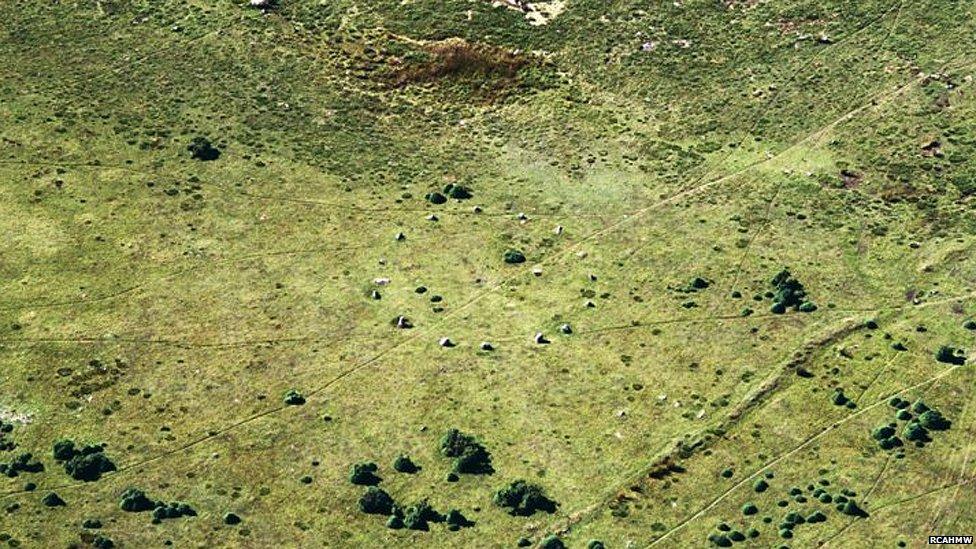
On the bleak fringes of Gors Fawr bog is this near-perfect circle of 16 stones measuring about 22m in diameter. Eight of the stones are spotted dolerite, the famous ‘bluestone’ sourced from the Carn Meini and also found at Stonehenge in Wiltshire
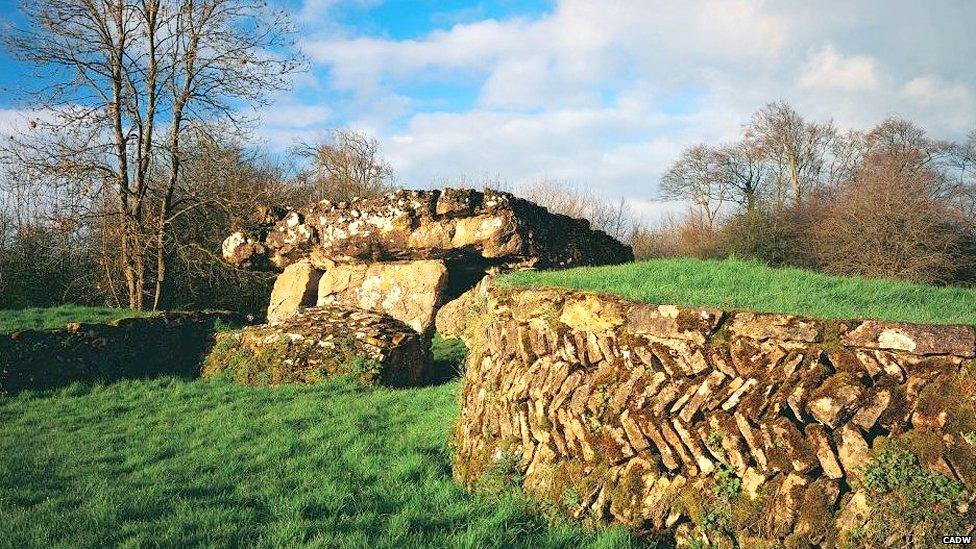
Tinkinswood in the Vale of Glamorgan was built around 6,000 years ago and is a fine example of a Cotswold/Severn tomb, with an enormous capstone weighing around 40,000kg. The long wedge-shaped cairn contains a rectangular stone chamber where the bones of up to 50 individuals were discovered
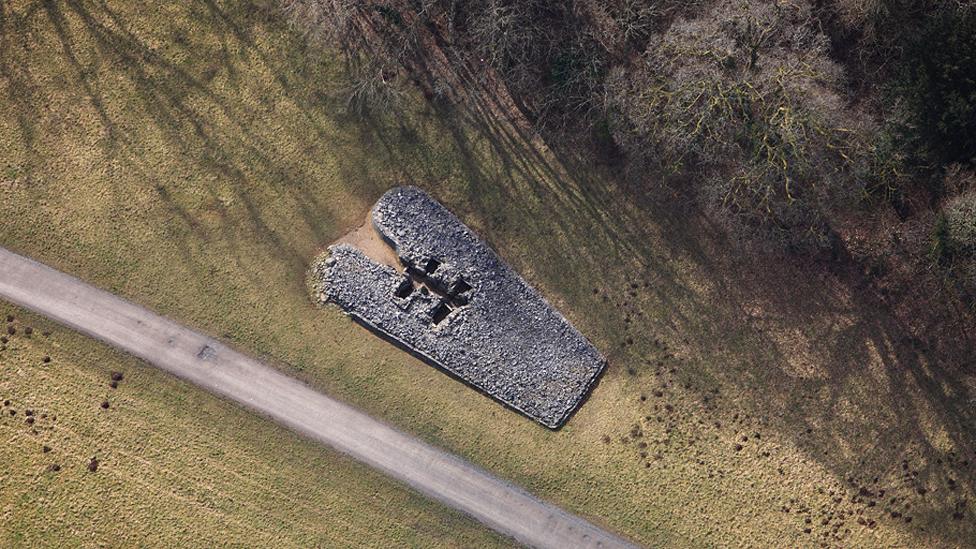
Parc le Breos on Gower is another Cotswold/Severn tomb with a bell-shaped forecourt leading to a burial chamber. The tomb could have been in use for up to 800 years, from 3,800 BC, and the remains of at least 40 people have been found inside
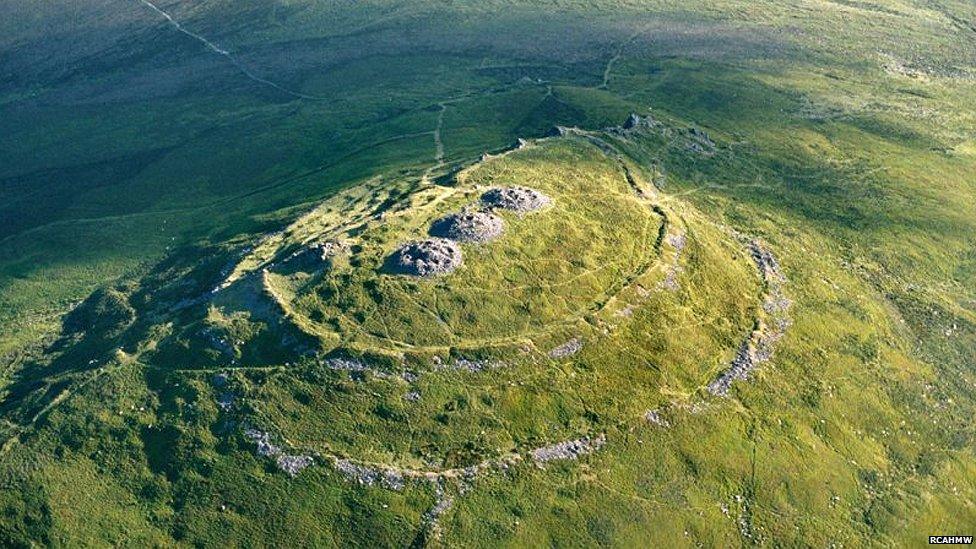
Perched on the eastern-most ridge on Mynydd Preseli, Foel Drygarn is one of the most dramatic Iron Age hill forts in Wales. The remains of at least 227 levelled house platforms have been found inside, and three impressive Bronze Age cairns sit on the summit
- Published13 January 2014